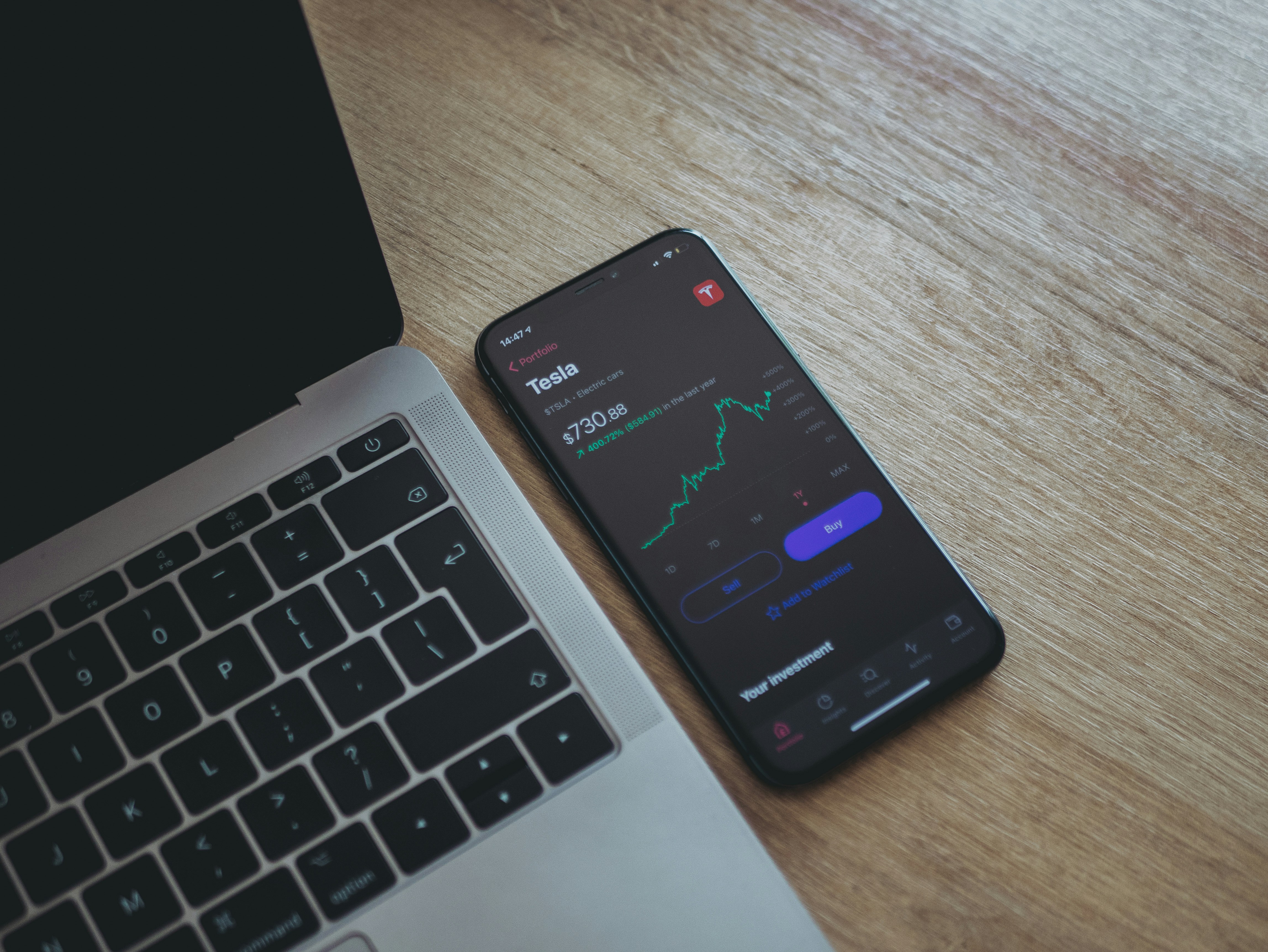Last week, we looked at some articles that exemplify the use of storytelling as a content strategy. In my review of the articles, I pointed out what they did right and other things they could have done better.
In this article, I want to illustrate what storytelling as a content strategy looks like when it is done right. What follows is sample content. The name of the brand and the products they offer are purely fictional
………………………………………………………………………………………………………………………………………………………………….
It’s Time to Declare Your Freedom from Debt
At the end of Q1 2020, household debt in the United States was at $14.3 trillion. That figure is $1.62 trillion higher than the household debt at the peak of the 2008 recession. This data shows that debt is a big problem for households in the USA.
While many people desire freedom from these debts, they find themselves backsliding. Perhaps you are one of those people who have struggled to be free from these life-controlling debts.
You have continued to pay excessive interest on different types of debts. You hardly find enough cash to save for retirement because debt repayments have gulped your income. You consolidate old loans into a new one, continuing the travesty.
All the financial consequences pale in insignificance to the emotional weight. You are always thinking about the backlog of debt, always picking fights with your partner because of that pressure. You are always afraid of what would happen if you lost your job and can’t make payments on your debts.
So like many other Americans, you want to be free from debt. You want to avoid those interest payments, save enough money for your retirement, earn passive income, become financially independent, and live an emotionally healthy life.
How then can you become free from these debts and enjoy the life of your dreams?
We introduce you to five ways to declare freedom from debt and live the debt-free life you have always desired.
It always begins with a budget.
The problem with budgets is that they sound too basic for our sophisticated minds. You have probably heard many times over that you need a budget.
Well, it is so important that you need to hear it again. YOU NEED A BUDGET. Is that loud enough?
The best way to overcome debt is to stop accumulating them. And the best way to stop accumulating them is to start a budget.
A budget helps you to get a handle on what you earn and how you are spending it. You accumulate debt when you spend more than you earn. It’s that simple.
How much do you earn in a month?
Once you have that data, start listing out your expenses. In the BUDGETING THAT WINS SYSTEM (fictional), we advise that you divide your expenses into three categories: Basic needs, wants, and investment/debt repayment/emergency funds.
(Insert a screenshot that shows those three categories)
Your total monthly income minus your basic needs and wants will determine the money available for investment/debt repayment/emergency funds.
If you need more money for the third category, you need to find opportunities to reduce your spending on basic needs or wants.
A budget helps you to know if you are overspending (a direct route to debt). If your basic needs and wants are bigger than your expenses, that’s a disaster waiting to happen. Trim your expenses on basic needs and wants until they are low enough to allow you to spend on the third category.
Budgeting can be a tedious and strenuous process. However, the BUDGETING THAT WINS SYSTEM simplifies the process by providing you templates that you can easily use. There are templates for the employed, self-employed, and freelancers/consultants.
(Insert a screenshot to show the different templates)
Once you download the template, adjust it to fit your situation.
Thomas Paige, one of the early adopters of this system, has this to say: “I have always known that budgeting was essential, but I was too lazy and non-committal to get it done. That is until I found BUDGETING THAT WINS. Now, I have a monthly budget, and my finances have improved tremendously.” (Fictional)
Make minimum monthly payments
Prioritize debts that require a minimum monthly payment (e.g., credit cards). These are debts that a refusal to pay them will lead to more interest charges.
Once you are done with your basic needs and wants, focus the rest of your money on making the minimum monthly payments on all your debts.
Start an emergency fund
At this stage, you are already making the minimum monthly payments on all your debts. You won’t accumulate extra interest charges.
If you don’t have anything left after making minimum monthly payments, you need to cut down on your wants or consider other income sources – selling things you don’t use, renting a room in your house, renting out your car when unused, etc.
Before you begin to attack your debt vigorously, start an emergency fund.
Why is this important?
If you begin to commit all your savings to debt repayments and an emergency occurs (above and beyond your basic needs and wants), you will have to take on more debt. So while paying off one debt, an emergency is forcing you to take up another. It becomes a journey in a circle.
However, when you have some emergency funds, you can keep tackling your debt without accumulating new ones.
You don’t need to put much money into your emergency funds at this time. The goal at this point is to give you protection while you sort out your debt.
Financial experts suggest an amount between $1,000-$5,000. In our EMERGENCY FUND THAT WORKS program (fictional), we help you decide an amount to begin with by considering your answers to some questions. This program will help you not to underfund or overfund your emergency funds at this crucial moment.
(Inserts screenshot that shows how the program works)
Sarah Cooker, the owner of a beauty salon who recently used this program, confessed, “When this program asked me to put away $2,000 to start my emergency fund, I was livid. Can’t I use these $2,000 to offset some debts here and there? I was wrong. One month later, I had a medical emergency that required $800 out of pocket payments and repaired the car I use for my store for $300.”
Use this program to decide what you need to set aside to start your emergency fund.
Start your debt-snowballing
Once you have your emergency funds set up, it’s time to begin attacking your debt.
We do that with the debt-snowballing system.
By now, you are making minimum monthly payments on your debt, and your emergency fund is well underway.
To begin the debt snowball, list out all your debts from the smallest to the largest.
After making the minimum payment on all of them, use the money remaining to offset whatever percentage of the smallest debt you can.
For example, if, after making minimum payments on all your debts, you have $5,000 left, use all of the $5,000 to offset the smallest debt. If the smallest debt is $10,000, you would have offset 50% of it. If it is $5,000, you have paid it all. If it’s $4,000, you have extra $1,000.
If the third situation applies (extra $1,000), you channel the remaining funds to the second smallest debt. Once you offset that, you move to the next, until you get to the last (and biggest debt).
Starting with the smallest debt gives you the momentum, you need to pay off the bigger ones. If you start with the biggest and are still on it for months, you can easily get discouraged.
How long will this take?
It depends on how much debt you have and how much of your income you are devoting to debt repayments.
The major problem people have with debt snowballing is maintaining the momentum. Consequently, we prepared the SNOWBALLING TOGETHER program (fictional), where you will get a coach and an accountability partner to help you on the journey.
Your accountability partner is also using the debt snowballing method. You will keep one another responsible, and the coach will provide guidance and encouragement along the way.
James Jeremiah (fictional), one of those who have used the SNOWBALLING TOGETHER program, said, “this is one the best programs I have signed up for. I didn’t just get an accountability partner; I got a friend who helped me on the path to becoming debt-free.”
Continue saving into your emergency fund
Once you have cleared your debt, return to increasing the money in your emergency fund. Financial experts advise you to put away 3-6 months’ worth of your living expenses in this fund.
The EMERGENCY FUNDS THAT WORKS program will help you decide how big your emergency fund should be.
The life after debt
Now that you are debt-free (with three-six months emergency fund), what next?
If you had to tighten your living conditions to get here, this might be a time to relax things a little bit.
After that, focus on saving enough money for retirement. Next, start investing in other non-retirement assets so you can grow your wealth and allow your money to work for you.
Our INVESTMENT AND PORTFOLIO MANAGEMENT course (fictional) will teach you everything you need to make the right investment choices.
John Jim, a former student of this course, said, “My finances had no direction two years ago. When I took the INVESTMENT AND PORTFOLIO MANAGEMENT course, a turnaround began. Two years from that time, I am on course to retiring earlier than planned with my portfolio returning 30% APR.”
Conclusion
Debts deprive you of the life of your dreams. They prevent you from saving for the future, preparing for retirement, or building wealth for you and your children. They drain your financial and emotional strength and keep you in a circus.
Many times you resolve to free yourself, but you keep wallowing in the mire.
You can declare freedom today. With these five steps, you can begin a journey to freedom from debt, wealth, and prosperity. Instead of struggling to repay an enormous amount of debts, you can be on the path to financial independence, early retirement, and a significant estate for your children.
Prepare a budget, make minimum monthly payments, start an emergency fund, use the debt-snowballing method, and continue saving into your emergency fund. Do these right, and there is financial and emotional peace and prosperity on the other side.
Bernie Warren, who started our program twelve months ago, testified, “If you find yourself in a backlog of debt and you don’t know what to do, PFC Financial Advisors are your best bet. Twelve months on from starting their program, and I have paid off all my debts with three months of an emergency fund in my savings account.”
If you are not sure how to start or you need a financial advisor to help you through this journey to freedom, contact us (link) at PFC Financial Advisors or use all the programs and tools (as referenced in this article) provided under our KICK DEBT GOODBYE page (link).



0 Comments